Design trends come and go, but some ideas from the past solved household problems in ways that modern homes still struggle to address. From smart storage to heat control, vintage features often prioritized function over fleeting style. As homes have become more open-concept and minimalist, certain practical elements have fallen by the wayside. But as homeowners grapple with noise, clutter, and privacy again, many of these older design choices are starting to look pretty smart. These 14 features might be considered “retro,” but they continue to offer relevant solutions to everyday challenges.
1. Transom Windows
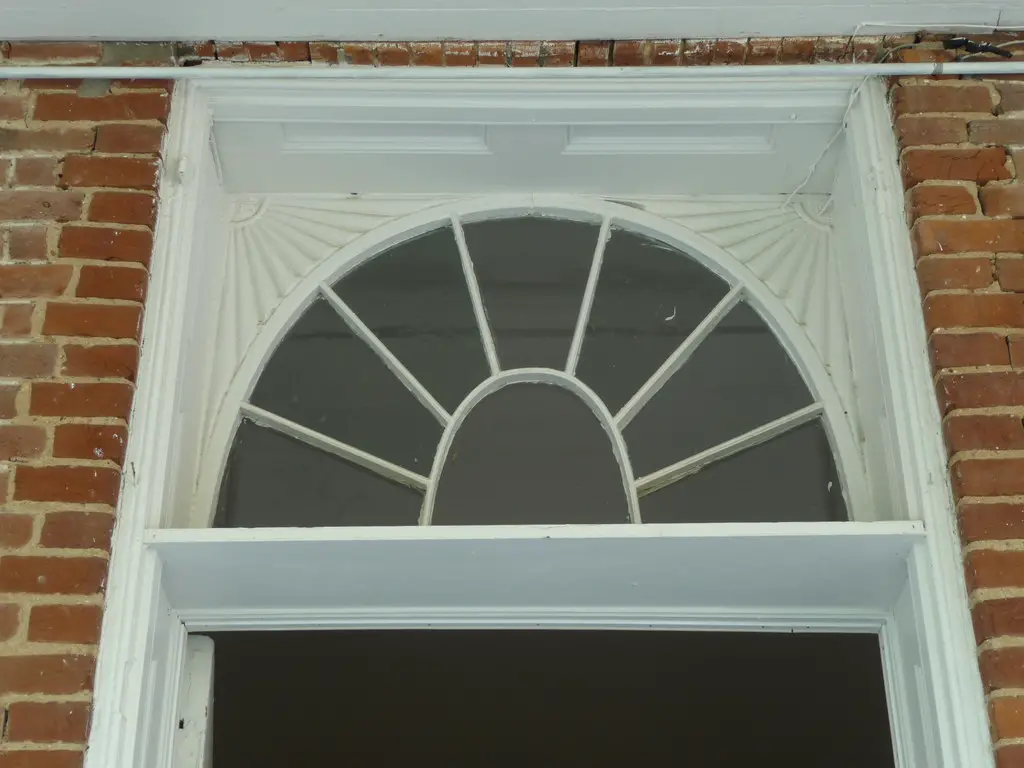
Transom windows were once a staple in older homes, allowing airflow between rooms while maintaining privacy. These small windows, usually placed above doors, helped keep air circulating in the days before central air conditioning. They’re now being reintroduced in modern renovations to promote passive cooling and improve energy efficiency. Homes without open floor plans can benefit from this subtle yet effective feature, says House Beautiful.
Today’s energy-conscious homeowners are realizing that transom windows offer both function and charm. They’re especially useful in bathrooms, hallways, or home offices that need ventilation without sacrificing sound insulation. Designers are incorporating them again not just for aesthetics, but because they work. It’s a simple way to bring more comfort into a space without a major overhaul.
2. Built-In Bookcases
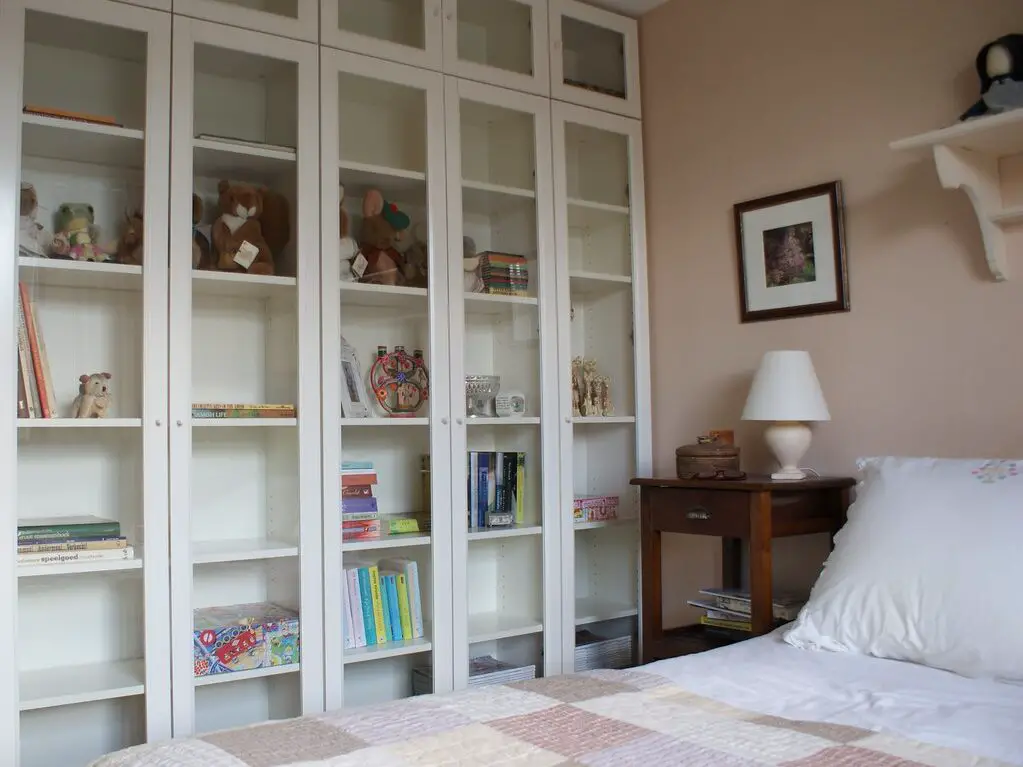
Built-in bookcases were once common in formal living rooms, dens, and libraries. Unlike freestanding shelves, they made use of vertical space without encroaching on the floorplan. As open-concept design rose in popularity, many of these built-ins disappeared. But with the return of cozy, functional spaces, they’re making a comeback.
Homeowners today are realizing that built-ins offer much-needed storage without the bulk of furniture, notes Architectural Digest. They also double as a display for personal touches, which adds warmth and character to a room. Whether framing a fireplace or lining a hallway, they serve both decorative and practical purposes. What was once standard is now considered a smart design upgrade.
3. Pocket Doors
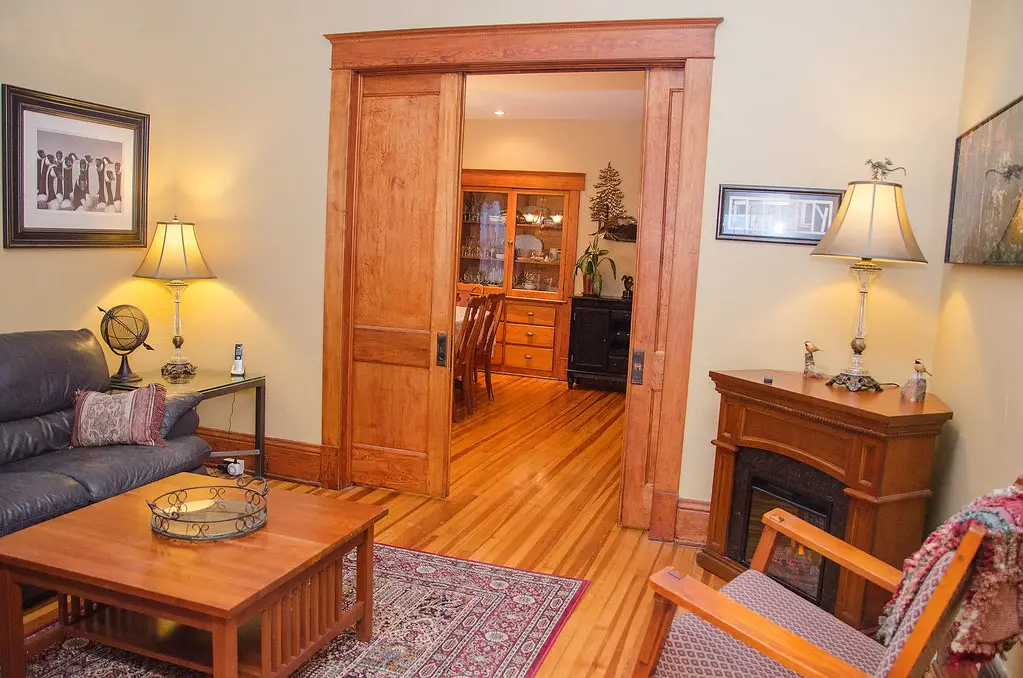
Pocket doors were widely used in early 20th-century homes to save space and provide flexible privacy. Unlike traditional swinging doors, they slide into the wall cavity, freeing up square footage in tight areas. Today’s smaller homes and multifunctional rooms are making this feature relevant again, according to NewsPress Now. They’re especially helpful in bathrooms, pantries, and home offices.
Modern interpretations come in sleek styles and soft-close mechanisms, but the concept remains the same. Pocket doors are a clever solution for homes that need flexible boundaries without permanent barriers. They’re subtle, space-efficient, and surprisingly elegant. Once overlooked, they now feel like a design-forward choice.
4. Picture Rails
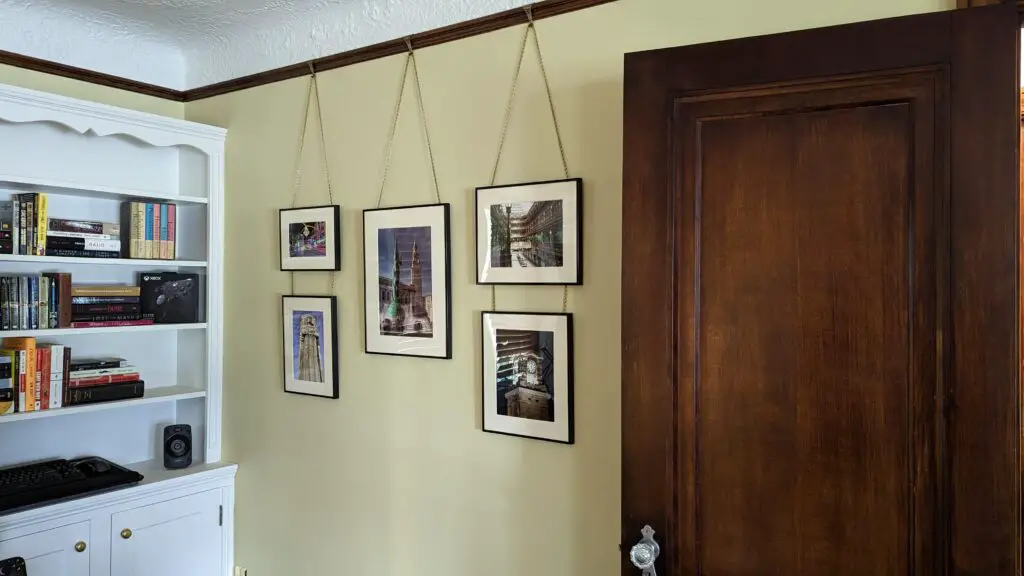
Before drywall made hanging art easy, homes often included picture rails—horizontal moldings that allowed homeowners to hang décor without damaging walls. This system made it simple to rearrange or switch out artwork with minimal hassle. Today, with growing interest in gallery walls and renter-friendly solutions, picture rails are regaining appeal, notes Root Simple. They also add a charming architectural detail to a room.
Designers are starting to incorporate them again as both a functional and aesthetic feature. In high-end renovations or historic restorations, picture rails offer flexibility and polish. They prevent the need for constant patching and re-painting, especially in homes where wall art changes frequently. This once-practical feature is proving to be timeless.
5. Window Seats
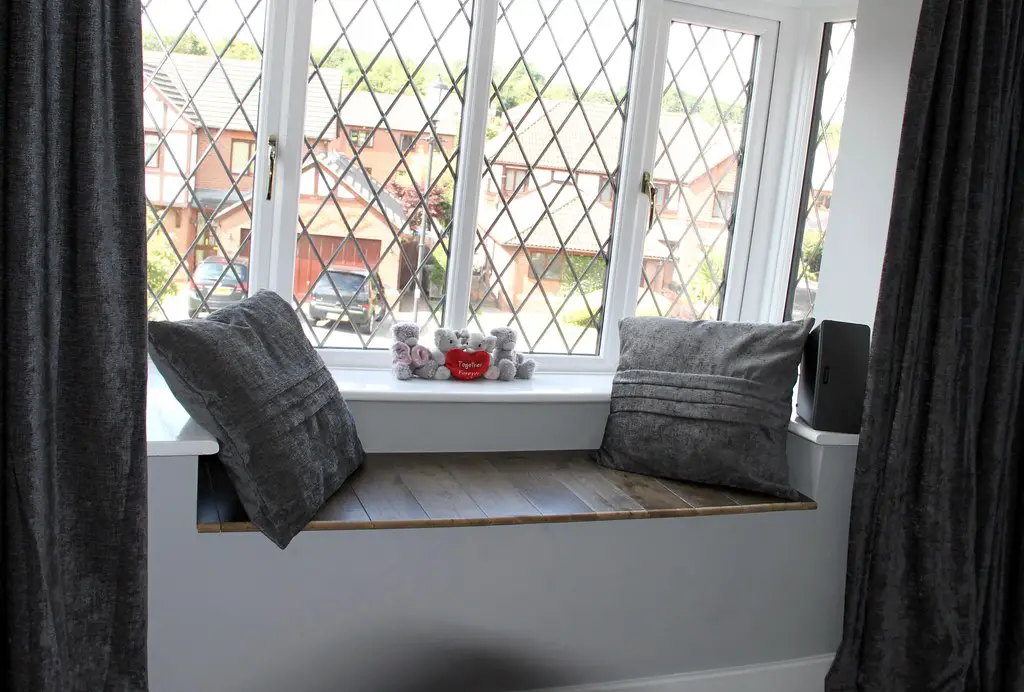
Window seats were a beloved feature in older homes, often tucked into dormers or bay windows. They offered cozy reading nooks and doubled as built-in storage. With today’s emphasis on maximizing every inch, this charming feature is enjoying a resurgence. It combines function, comfort, and style in one well-utilized corner.
People are realizing that window seats can make a small space feel both inviting and efficient. They provide extra seating without bulky furniture and add a warm, custom touch to a room. Whether used in bedrooms, kitchens, or living rooms, they’re a smart way to add value. This vintage idea still solves modern needs with grace.
6. Dutch Doors
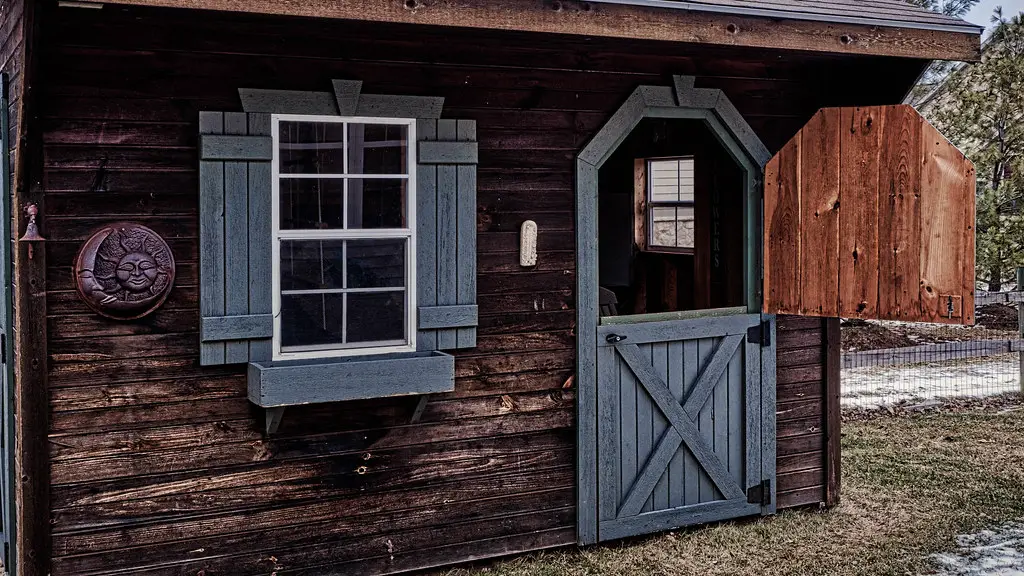
Dutch doors, split horizontally so the top and bottom operate independently, were once used to keep animals out while letting fresh air in. Today, they’re being embraced by families with kids or pets who want visibility and airflow without sacrificing safety. These doors offer flexibility that most modern designs lack. They’re both practical and unexpectedly stylish.
In kitchens, mudrooms, or nurseries, they add functionality while maintaining charm. Homeowners appreciate their ability to separate spaces without fully closing them off. As people move away from open-concept everything, Dutch doors help strike a useful balance. This old-fashioned staple still meets today’s everyday challenges.
7. Sleeping Porches

In warm climates, sleeping porches were once a popular retreat during hot summer nights before the invention of air conditioning. These screened-in outdoor rooms allowed residents to escape the heat while still enjoying the comfort of a bed. Today, they’re being revived as three-season porches or sunrooms. Homeowners are using them as flexible spaces for naps, reading, or even guest stays.
They help blur the line between indoor and outdoor living, which is a top trend in modern design. With added insulation and stylish furnishings, these areas can become some of the most-loved rooms in a home. They also promote natural ventilation and reduce reliance on HVAC systems. The function they served a century ago still makes perfect sense today.
8. Butler’s Pantries
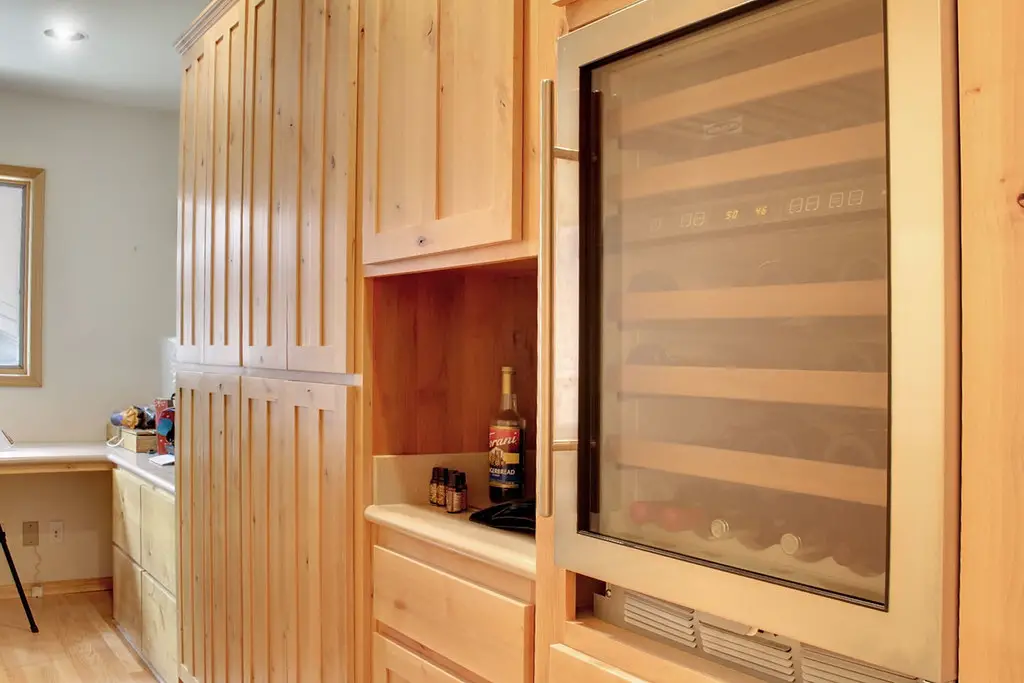
Butler’s pantries were once the domain of household staff, used for staging meals and storing tableware. Today, they’re being reimagined as secondary kitchens or beverage stations, especially in high-end homes. With open kitchens losing their luster, homeowners are once again valuing hidden storage and prep space. A well-designed butler’s pantry keeps clutter out of sight and workflow efficient.
They’re ideal for hosting, baking, or even as coffee bars. The rise of multifunctional kitchens has made this vintage concept feel smart again. It brings a layer of luxury and practicality that’s hard to beat. What used to be utilitarian is now a selling point.
9. Louvered Vents and Doors
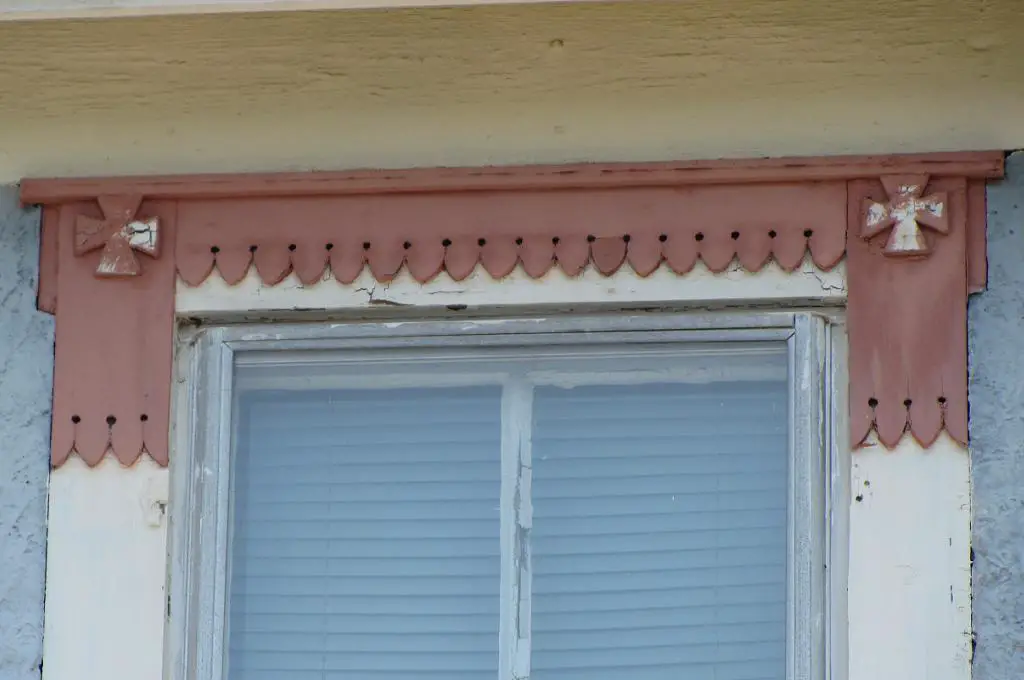
Louvered doors and vents were common in older homes to help with airflow, especially for closets and utility areas. While they fell out of favor for a more modern look, their function remains useful—particularly in spaces that need ventilation but not visibility. They help prevent mold and mildew in tight, enclosed spaces. Plus, they add a bit of old-school character when styled right.
Homeowners are bringing them back in laundry rooms, linen closets, and even bathrooms. Painted and updated, they blend with both traditional and contemporary décor. They offer passive airflow without needing bulky HVAC updates. What was once commonplace is now considered a clever design hack.
10. Drop Zones

Older homes often included a back entry or mudroom with built-in benches, hooks, and cubbies for coats and boots. These functional spaces helped keep dirt and clutter out of the main living areas. Today’s families are realizing that drop zones are essential for staying organized. The modern version looks sleeker—but the idea hasn’t changed.
They create a landing pad for daily life, helping households run more smoothly. With more people working and schooling from home, a designated catch-all space is even more valuable. Whether large or small, drop zones reduce mess and add peace of mind. It’s a time-tested feature that’s still worth its square footage.
11. Built-In Vanities
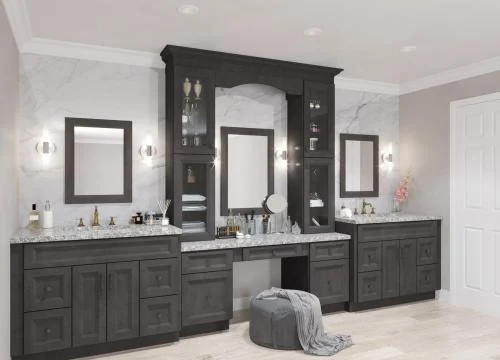
Built-in vanities were once a sign of luxury in bedrooms or dressing rooms, often paired with mirrors and small drawers. Today, they’re returning as multifunctional stations for getting ready, working from home, or organizing essentials. They offer storage and surface space without the bulk of a desk or full dresser. And they add a vintage touch that feels special.
These spaces are particularly helpful in smaller homes where every inch counts. Built-ins can be customized to fit alcoves or corners, blending seamlessly into the room. They also serve as a quiet retreat—a small luxury in a busy household. A design element from decades past is once again solving today’s space challenges.
12. Wainscoting
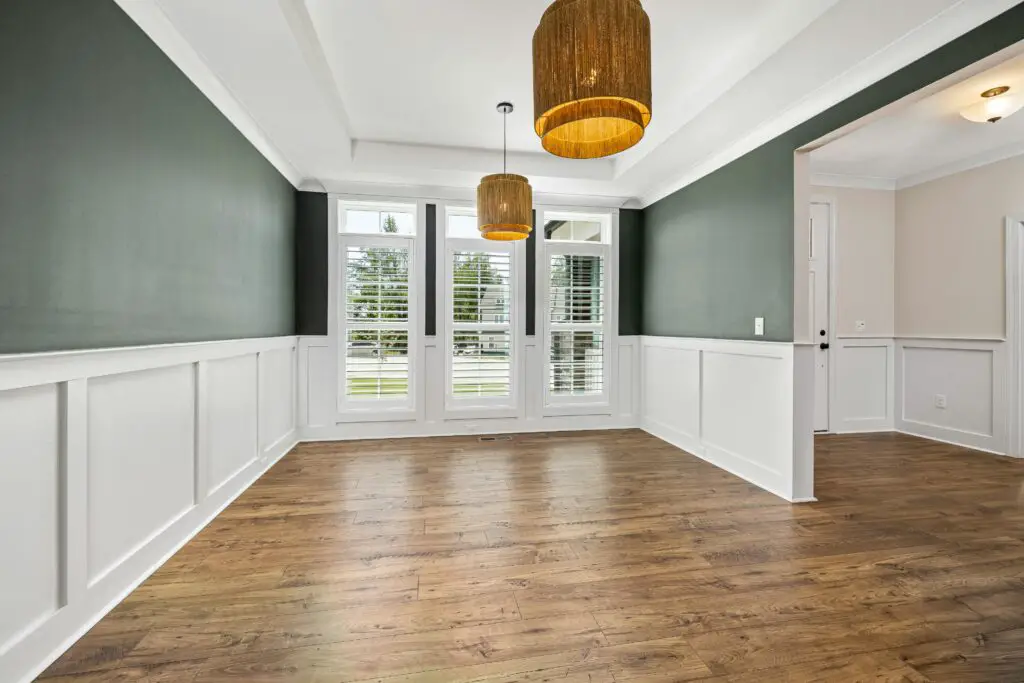
Wainscoting, the decorative wood paneling that lines the lower portion of walls, served both practical and aesthetic purposes. Originally used to protect plaster from scuffs and wear, it also added insulation. Today, it’s being used again not just for looks, but to add dimension and durability to spaces like dining rooms, entryways, and powder rooms. It’s a nod to craftsmanship that still holds up.
Modern versions come in a variety of styles—from beadboard to shaker panels—that can match almost any home décor. Homeowners appreciate how it transforms plain walls into something with personality and depth. It’s especially useful in high-traffic areas that need extra protection. Wainscoting may be decorative, but its usefulness hasn’t gone out of style.
13. Laundry Chutes
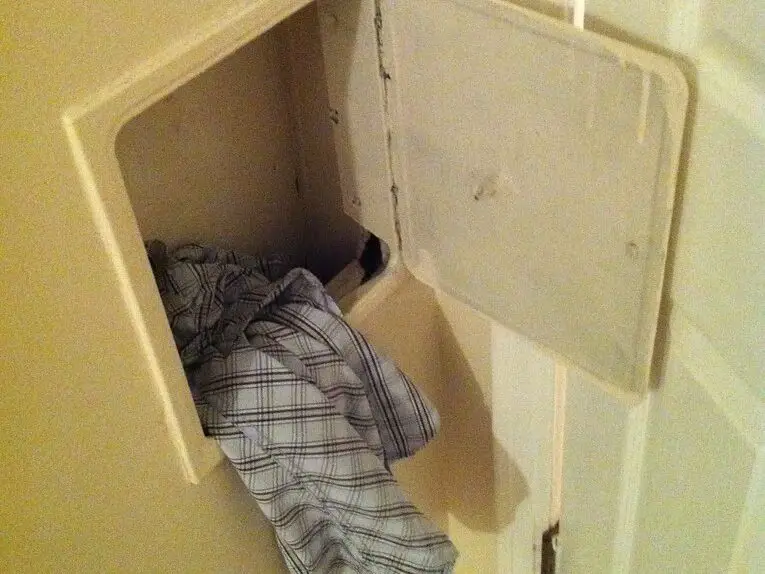
Laundry chutes were once common in multi-level homes, offering an easy way to get dirty clothes from bedrooms to the laundry room. While they fell out of fashion with the rise of main-floor laundry, they’re making a comeback in modern builds. For families with multiple floors, chutes are a time-saving convenience. They also keep laundry baskets from cluttering up hallways and stairwells.
Today’s versions can be designed to blend seamlessly into cabinetry or walls. They’re especially popular in homes where bedrooms are upstairs but laundry appliances remain in the basement or mudroom. A seemingly outdated idea has turned into a modern must-have. It’s another example of old-school practicality standing the test of time.
14. Radiator Niches
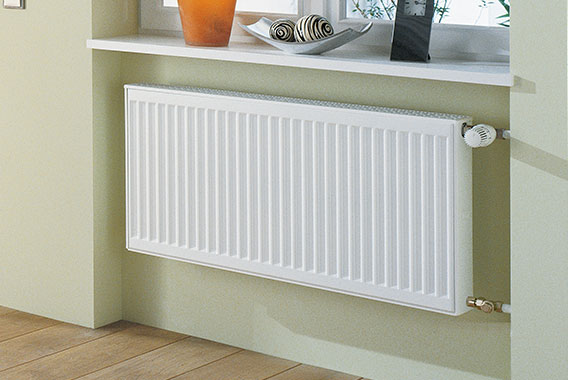
Old homes often included recessed radiator covers that doubled as shelves or display areas. While radiators themselves aren’t as common anymore, the concept of utilizing wall space creatively is having a revival. These niches are now being used to store books, create small workstations, or add layered lighting. They’re a clever use of space that many modern homes overlook.
As homeowners seek to make the most of every square foot, radiator niches are being reimagined in new ways. Built into entryways, bedrooms, or hallways, they offer both charm and functionality. They’re proof that even outdated mechanical systems can leave behind a great design idea. A little throwback thinking can go a long way.
